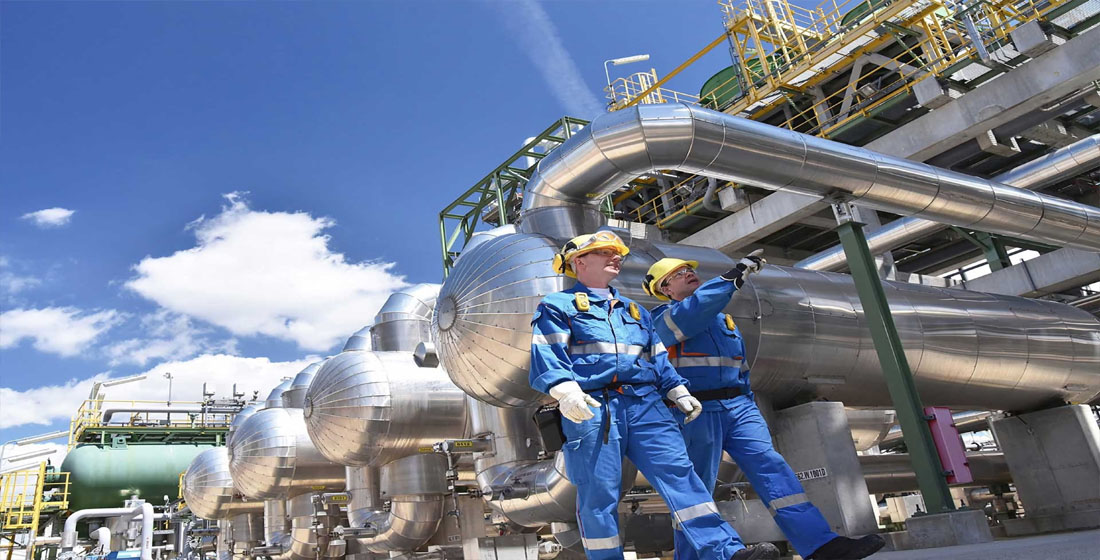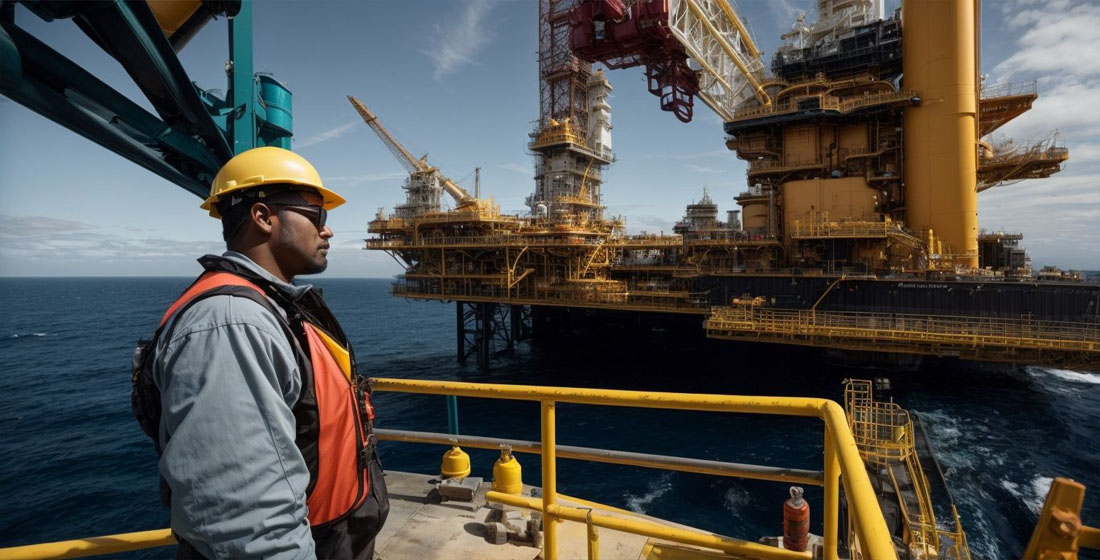Advance with Bitro Fusion Club
Bitro Fusion Club is at the forefront of applying advanced technology to the proppant supply and logistics chain, and our workforce plays a critical role. Browse our current job openings and apply to join the transformation today.Bitro Fusion Club is strategically positioned to rapidly commercialize oil and gas reserves to offer a high return potential to our global investor partners. We utilize cutting edge technology to optimize the profitability of each asset we develop, while still staying true to our more traditional values, which stem from the belief that you must “do unto others as you would have them do unto you.” These values, or core beliefs, have been instrumental in the development of our company’s culture, helping to strengthen the relationships we have with our investors, land owners, and industry leading experts.
Our Team & Core Values
Our team is comprised of motivated individuals with high, obstinate standards. We educate current and future partners on oil and gas investing, as well as devote our resources to introduce offers that can enrich the financial future of our partners. Our expertise and experience has cultivated long-term, highly-involved investor relationships. Our team looks forward to achieving goals and taking on new challenges.

Australia’s oil resources are primarily condensate and naturally occurring liquefied petroleum gas (LPG) associated with large offshore gas fields. Australia also has a number of crude oil reserves. There is scope for growth in Australia’s oil reserves in existing fields, and for new oil discoveries in proven basins and in underexplored frontier basins. Australia has large unconventional oil resources hosted in oil shales. These resources, along with the recently recognised potential for shale gas liquids and light tight oil, could potentially contribute to future oil supply. Identified shale oil resources contained in immature oil shale deposits is estimated at 131,659 petajoules (22,391 MMbbl).
The growing global demand for energy, led mainly by China and India over the past decade, coupled with the shift in energy transition has driven a strong increase in gas demand, particularly LNG due to its suitability for long-distance transportation. Australia’s geographic/geological positioning, ability to attract foreign investors/oil and gas majors and key Asian LNG buyers has enabled Australia to meet the various demands and emerge as one of the world’s largest LNG exporters.
Australia remained the world’s third largest LNG exporter in 2014 and accounted for 10 per cent of world LNG trade. The strongest growth in Australia’s export earnings will be in LNG, which is projected to increase from 23.2 million tonnes in 2013–14 to about 80 million tonnes in 2019–20. By the end of this decade Australia is expected to be the world’s largest LNG exporter, generating estimated export earnings of almost $45 billion in 2019–20 compared to just over $17 billion in 2014–15.
Large gas fields in the Carnarvon, Bonaparte and Browse basins and the vast CSG reserves in Australia’s eastern onshore basins underpin a growing LNG sector, with project proponents set to mark several significant milestones.
We strive to offer the oilfield’s most efficient, safe, and technologically advanced logistics services that allows our customers to focus on their core business. We operate with your goals at the forefront, freeing up your time and resources. Atlas offers dedicated last mile 24/7 in field support and provides live reporting for full operational visibility.

Proactive Coordinators
Given our experience operating oil and gas wells, we’ve experienced managing a multitude of demanding priorities at a wellsite operation, but safety is always our top priority. Our proactive coordinators aim to give our customers the best service by anticipating challenges and alleviating challenges before they occur. The seamless information and communication flow between our in field coordinators and centralized dispatch operations ensures efficient operations and faster decision making. We pride ourselves in proven customer satisfaction and have built a reputation in the Permian of providing consistent and reliable coordination as part of our logistics solutions.
Customizable Storage Options
Onsite frac sand storage is critical to the success of your well operations – you need the best storage system to ensure no downhole failures due to low proppant supply. We customize mobile storage systems that are flexible to meet your needs on site. Our team understands the importance of uptime and the significance of NPT events to a customer. We have a baseline of delivering 99.9% uptime with our proven partners. Let us modernize your logistics experience and redefine reliability for your wellsite logistics. Our mission is to continuously disrupt last mile markets through unmatched reliability, operational innovations, and technology solutions.

Unconventional Gas
Australia also has significant unconventional gas resources. The economic demonstrated resources (EDR) for coal seam gas (CSG) has continued rising to an estimated 45,553 petajoules at the end of 2014. Large CSG resources exist in the coal basins of Queensland and New South Wales. Shale gas production in Australia is an emerging industry. Australia’s estimated shale gas resource is almost twice the size of its conventional gas resources. 5 Several onshore basins have significant potential for shale gas and tight gas, which have attracted exploration activities in South Australia, Western Australia and the Northern Territory.
There are seven liquefaction plants which have either recently started exporting or are currently under construction, providing a total capacity of 62.3 million tonnes. 8 The Queensland Curtis LNG Project (QCLNG) started production from its first LNG train in late 2014, representing the first LNG exports from CSG in the world and the first LNG from Australia’s east coast.
Three new projects – Australia Pacific LNG, Gladstone and Gorgon – are scheduled for or have already started first production in 2015–16, and construction of the Wheatstone, Ichthys and Prelude projects off the coast of Western Australia are well advanced.
Asian demand for LNG is expected to continue to grow and Australia’s location means it is well placed as a competitive supplier to these markets. In 2014, around 80 per cent of Australia’s LNG exports were to Japan. China was Australia’s second largest LNG export destination and accounted for 16 per cent of Australia’s total LNG exports.10 In 2014–15, 20 per cent of Japan’s LNG supply was from Australia, and this is expected to increase to almost 40 per cent by 2020. Australia is also expected to supply almost 40 per cent of China’s LNG and 25 per cent of South Korea’s LNG by the same date.
Conventional Gas
Oil remained the largest primary energy source in Australia, at 38 per cent in 2013–14. Gas is Australia’s third largest energy resource after oil and coal, accounting for 24 per cent. 2 By the end of the decade, Australia should be home to ten operational LNG projects with a combined nameplate capacity of 86 million tonnes per annum (mtpa).
This will put Australia on track to become the world’s largest exporter of LNG by the end of the decade Australia’s competitive position is underpinned by a strong economy, abundant resources, supportive government policies, mature trade links with key markets, and the participation of the world’s major oil and gas companies at all stages of the supply chain.
Australia has substantial conventional gas resources. Australia’s proved and probable gas reserves stood at 126,000 petajoules, comprising 83,000 petajoules of conventional gas. Australia produced 2,460 petajoules of gas in 2014–15, of which 50 per cent was exported as liquefied natural gas(LNG).
Around 92 per cent of Australia’s conventional gas resources are located in the Carnarvon, Browse and Bonaparte basins off the coast of Western Australia and the Northern Territory. There are also resources in offshore basins along Australia’s southern margin as well as in onshore basins. The potential for additional commercial discoveries is large.
